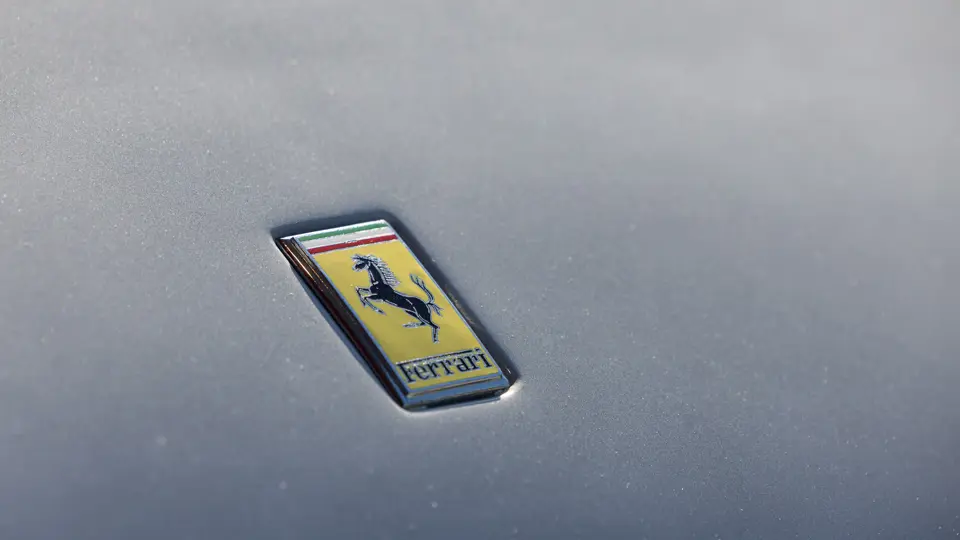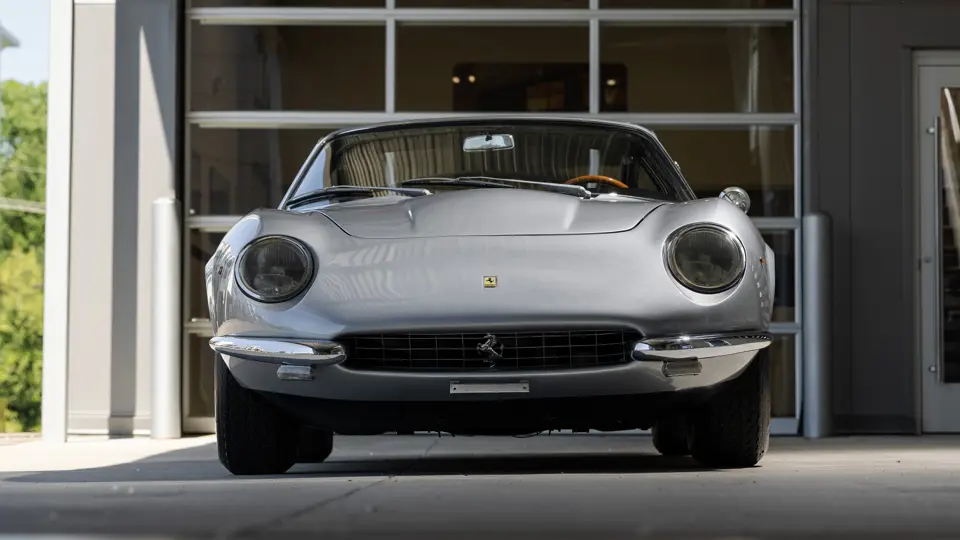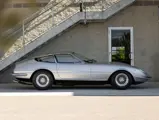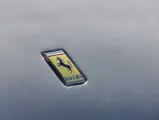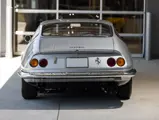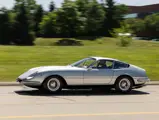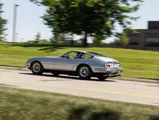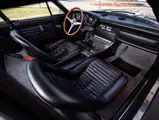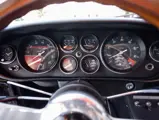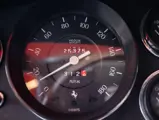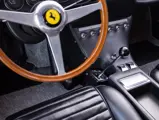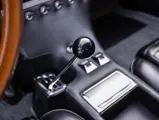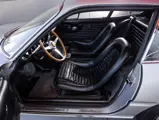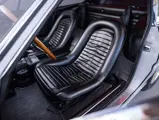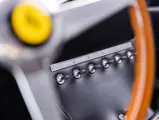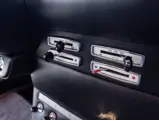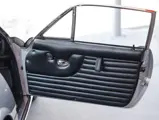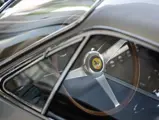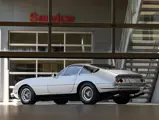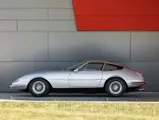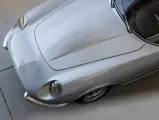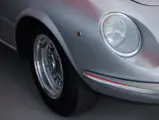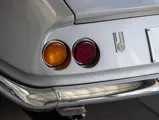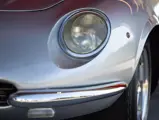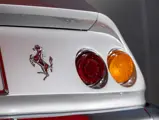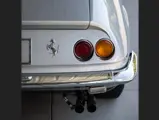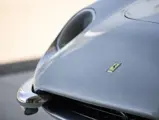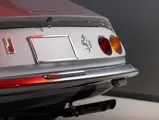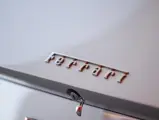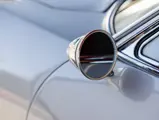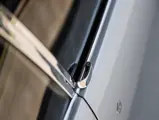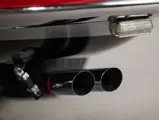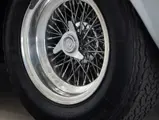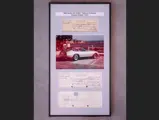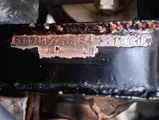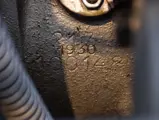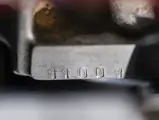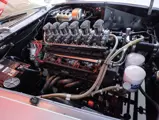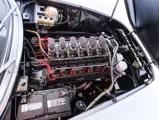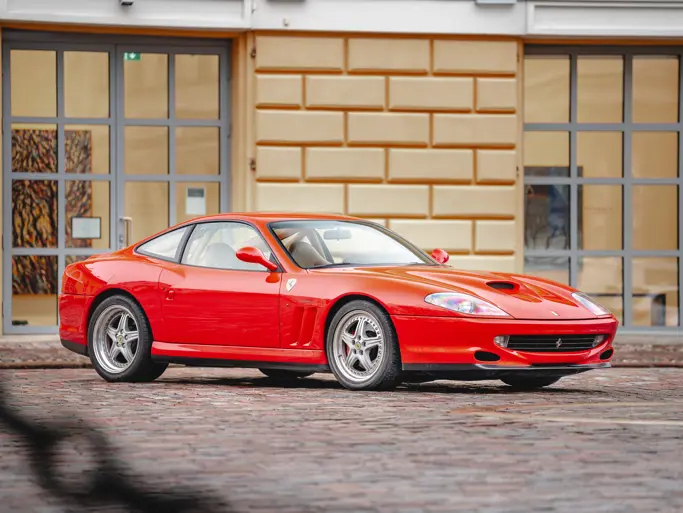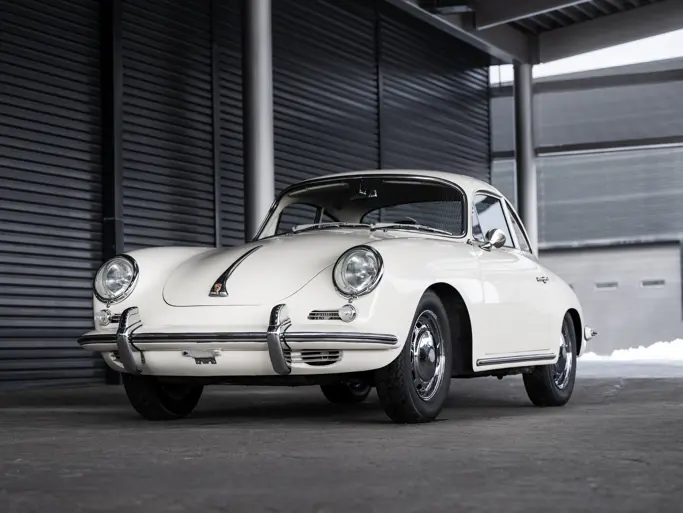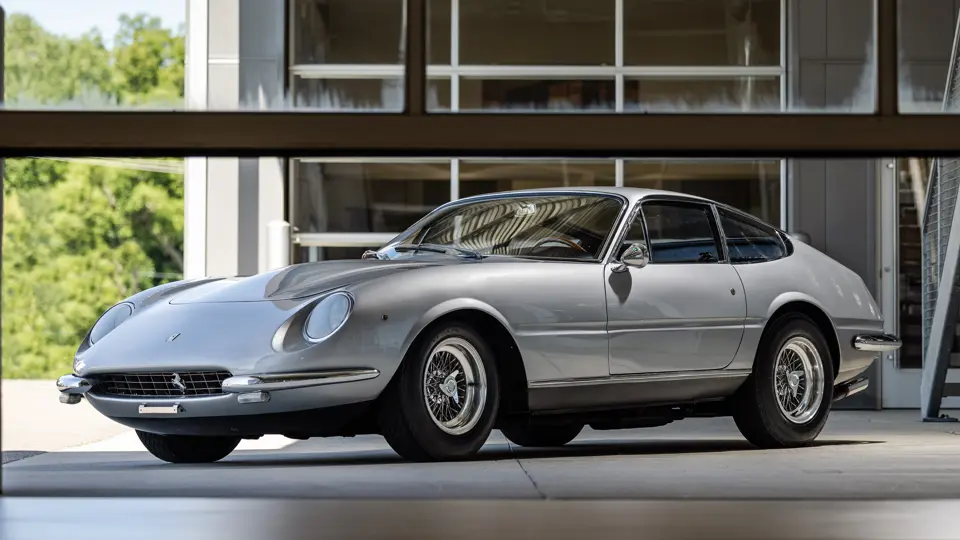
1968 Ferrari 365 GTB/4 Prototype by Scaglietti
{{lr.item.text}}
$2,315,000 USD | Sold
{{bidding.lot.reserveStatusFormatted}}
- The second of two special-bodied prototypes for the celebrated 365 GTB/4 model
- Numerous prototype design features
- Displayed at the 1970 New York Auto Show by Luigi Chinetti
- Retains its numbers-matching engine; presented in the original factory color combination
- Single ownership for the last 25 years
- Ferrari Classiche Red Book certified
- Subject of a full-color feature in Forza magazine by noted motoring author Winston Goodfellow
- A fascinating insight into the early development of the beloved Daytona
The Ferrari 365 GTB/4 Daytona is undoubtedly one of Maranello’s most celebrated models, and the story of its advent has been told many times. Experts and historians often recount how the factory was not sufficiently financed to accelerate the development of its forthcoming rear-mounted flat-12 model, and that the 365 GTB/4 was therefore a stopgap—one final development of the long-running front-engine “Colombo” short-block V-12. The fact that this stopgap model was clothed in singular coachwork designed by Pininfarina and built by Scaglietti that stood out from anything produced before or after, and that it became one of the most popular Ferrari road cars of all time, was pure serendipity that belied the factory’s modest intentions in engineering the Daytona.
The Daytona moniker was never an official designation for the production model, and rumor has long held that Enzo Ferrari canceled the nomenclature in disgust after it was leaked to the press. But the featured Daytona prototype, chassis number 11001, not only lends some credibility to the notion that Daytona was an original factory name—but also serves as a fascinating insight into the evolution of Leonardo Fioravanti’s celebrated design.
The first complete Daytona berlinetta in production form, chassis number 11929, was publicly introduced at the Paris Salon in October 1968. But that car was preceded by three prototypes that demonstrate the model’s development from the outgoing 275 GTB/4. The featured lot, chassis number 11001, was the second of these three prototypes. According to the research of marque authority Marcel Massini, the car was built during January 1968, 12 months after Maranello’s prototype-class racecars had roared to a resounding 1-2-3 victory at the 24 Hours of Daytona.
As a design exercise exploring the future model’s coachwork, this car was built on a 275 GTB/4 chassis and equipped with the 275’s 3.3-liter four-cam type 226 engine. The exterior is a thoughtful combination of prior features from the 275 and future design cues that would emerge in the production-based 365, with a lower roofline and longer nose than the standard Daytona. While the rear end is almost identical to the eventual final design for the Daytona, with its squared-off fastback with quad taillamps, the front end is still firmly rooted in the 275, with the classic oval eggcrate grille and covered headlamps.
Interestingly, the headlamp covers are not flush with the lower aperture edges, but rather are recessed into the opening at the front edge by a few inches, resulting in a less raked position. The interior also reflects a midpoint between the two models, as the instrument cluster is essentially a preview of the forthcoming Daytona, while the center console consists rather of a flat surface with toggle switches. The wood steering wheel, with an unperforated three-spoke design and subtle thumb-notches, is straight from the 275, but the high-mounted seats display transitional features from both models, notably lacking headrests. To further complement the lines, this Daytona prototype was finished in Argento Metallizzato paint and appointed with a Nero leather interior, the same colors it retains today.
While the Ferrari was internally classified as a 275 GTB/4, its identity as a Daytona prototype is not only unmistakable in the coachwork design, but also clarified in the files of Luigi Chinetti Motors, which purchased the car shortly after its completion. According to Massini, Chinetti paperwork alternately refers to the car as a 275 GTB/4 and a “Daitona,” showing the use of the terminology at least six months before the model’s first appearance at the Paris Salon.
During 1969 the Daytona was sold to its first owner, Greg Young of Wilton, Connecticut, but he only kept the car a short time before returning the car to Chinetti. In April of 1970 Chinetti had the car on display at the New York Auto Show and subsequently sold it to Paul Least of Buffalo, New York, the owner of the Least Auto Group. The berlinetta was then registered with New York tags reading “GTB 4.” In 1975 Mr. Least commissioned some restorative work by Don Fong in Atlanta, Georgia, and when he offered the car for sale in 1987, it concluded an impressive 17-year period of care.
Purchased from Least by the well-known Southern California-based dealer Joe Alphabet, the Ferrari was soon acquired by Swiss enthusiast Engelbert Stieger, who proudly included the car in his well-regarded Turning Wheels Collection. The Daytona subsequently benefitted from service over the next few years by several official Ferrari dealerships, including two visits to the Garage Fritz Leirer in Switzerland, and a trip in 1992 to the Garage Broder in Liechtenstein. In May 1993 Stieger displayed the prototype at a private gathering he hosted at the Mugello track.
After nearly 10 years of ownership, Mr. Stieger traded the Daytona in 1996 to the Southern California dealer Symbolic Motor Car Company, and the car was then presented at the Monterey Historic races in August 1996. A year later the unusual GTB/4 was purchased by Bernie Glieberman and shortly thereafter the car was presented at the Meadow Brook Concours d’Elegance.
By the end of 1997 the Ferrari was sold to the consignor, who owns one of the finest collections of historically significant sports cars. Nearly a decade later the rare prototype was featured in an article by the noted motoring author Winston Goodfellow that ran in the June 2006 issue of Forza magazine. On the basis of his test drive, Goodfellow notes that with the lighter 3.3-liter engine, the prototype is nimbler than a standard Daytona, and he particularly extols the car’s gearbox.
“Stand on the accelerator and the V-12 gulps air with a vicious sucking sound that a Daytona can only dream about. The engine has that lovely, intricate high-pitched symphony of cams, tappets, valves and chains found in the 250s, 275s, and 330s that the 365 powerplants lack, and the driving experience is all the better for it…The [engine] noise is otherworldly…the spine-tingling note is simply incredible…[This] may be the best combination of engine and exhaust harmony I’ve found in a Ferrari.”
With coachwork blending elements of the 275 and 365 GTB/4 models, this berlinetta exhibits unusual features that would make it the subject of great admiration at any concours field or marque club gathering. Ferrari Classiche certification was completed just prior to the sale, and the Red Book will be provided to the next owner once printed by Ferrari. The unique piece of Ferrari history would also make a splendid addition to any assemblage of Prancing Horses, sure to enthrall admirers with its beguiling design cues. It provides a rare visual explanation of the development of the great Daytona model that will fascinate Ferrari enthusiasts and Pininfarina aficionados alike.
As Goodfellow summarizes, “Though it may not be as fast as a Daytona, s/n 11001 helped Ferrari and Pininfarina create the legend—and that is simply icing on the cake.”


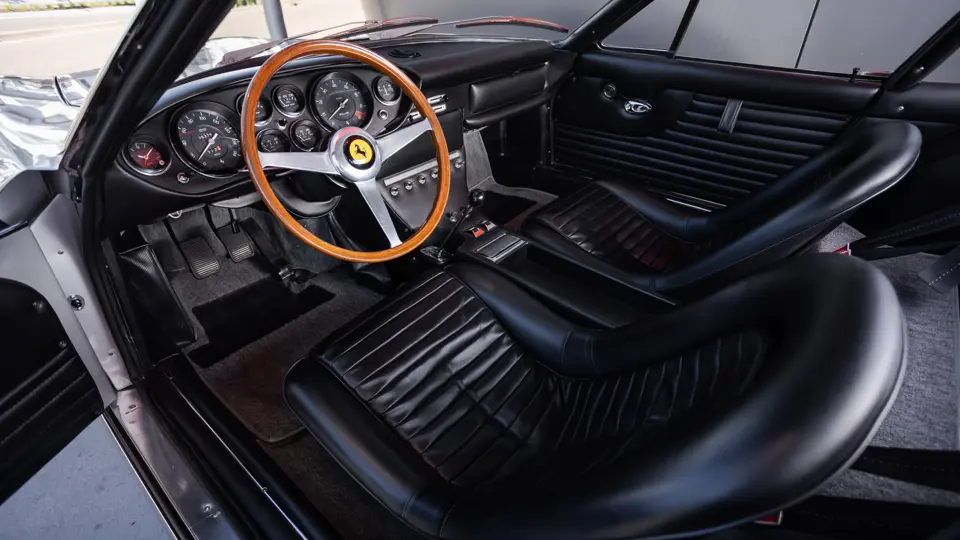

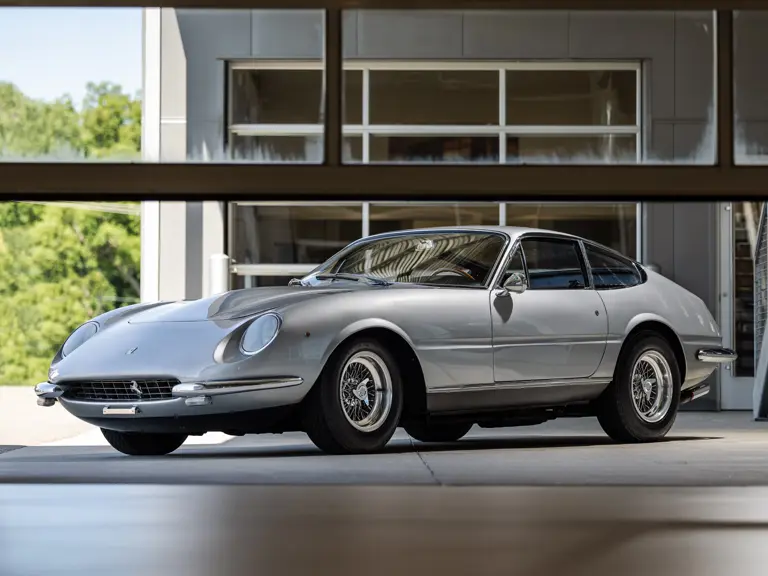
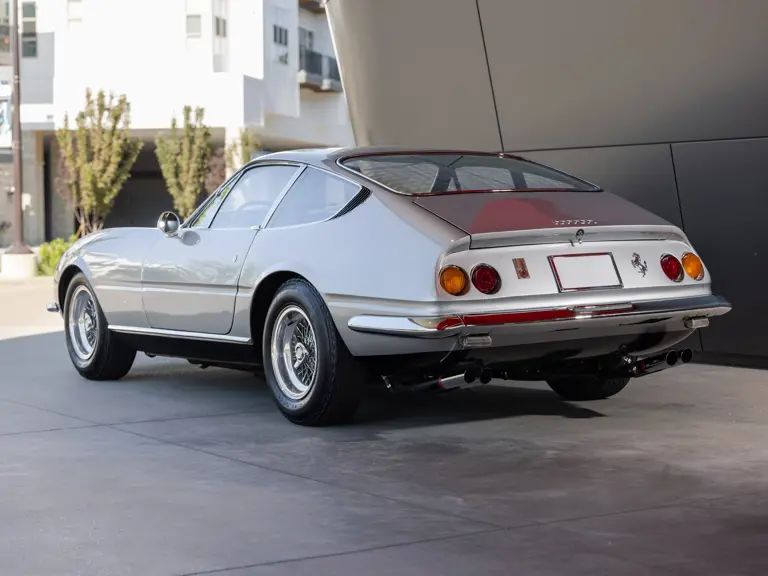


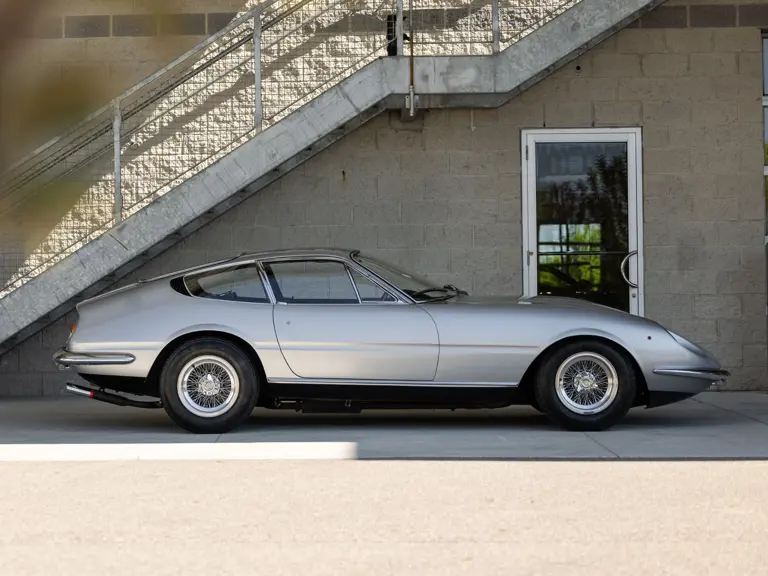
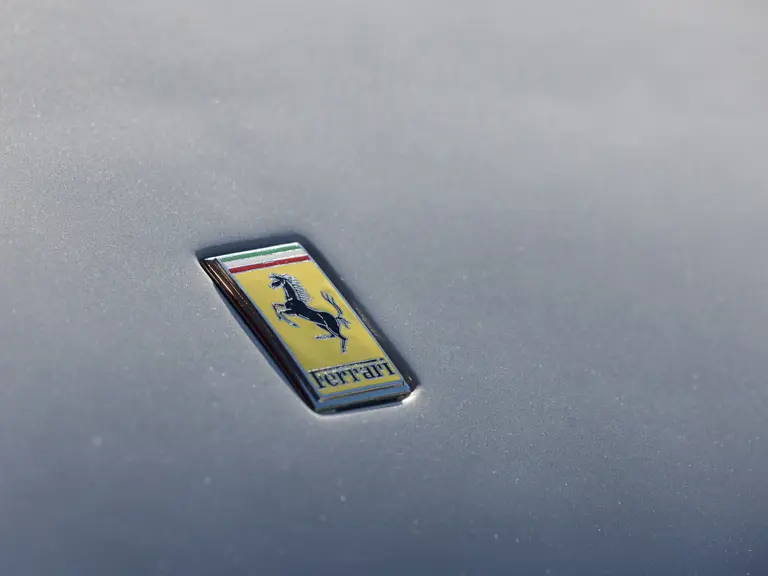
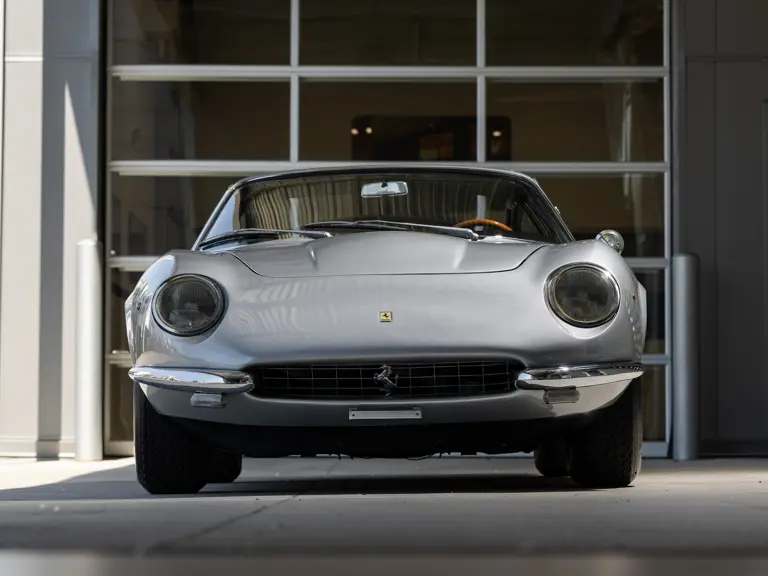

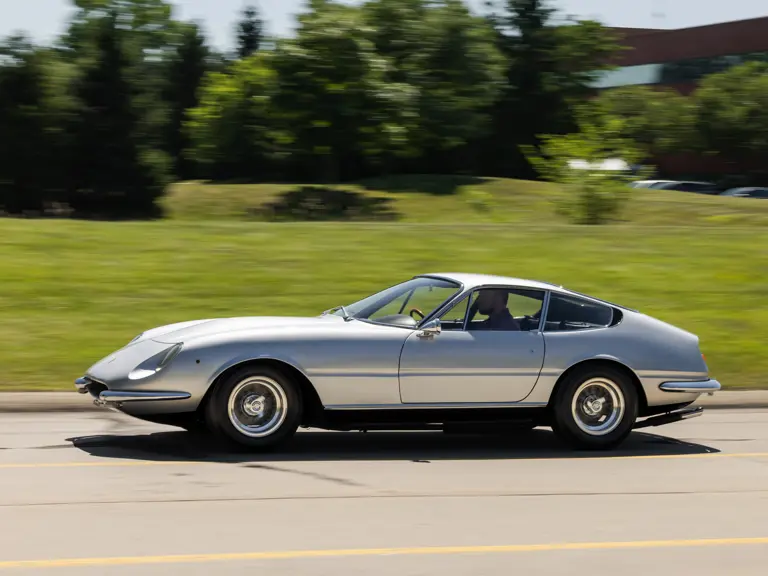

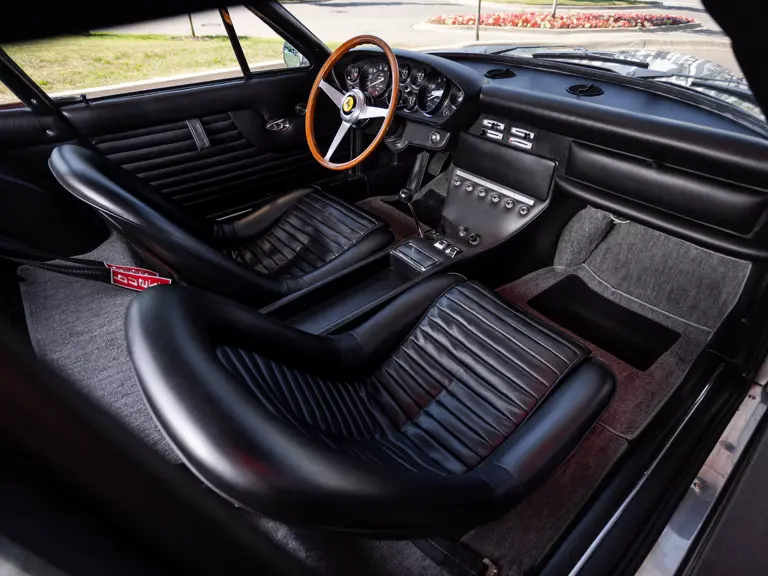
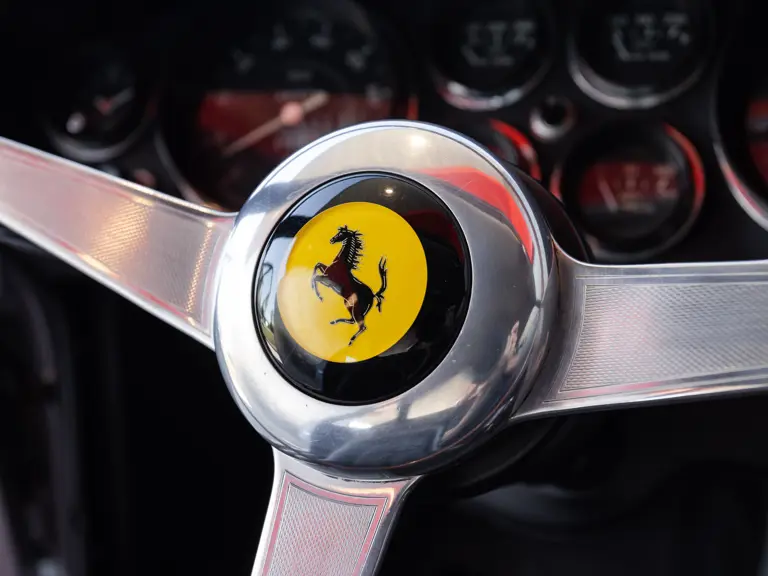
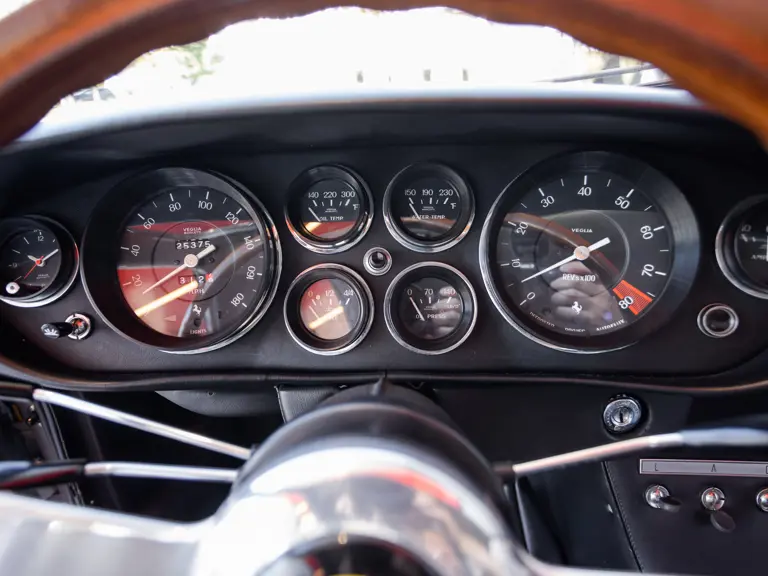
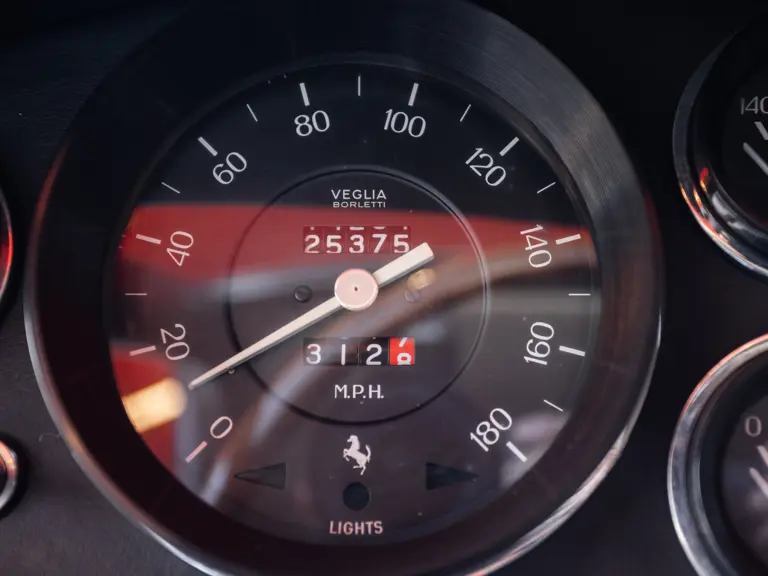
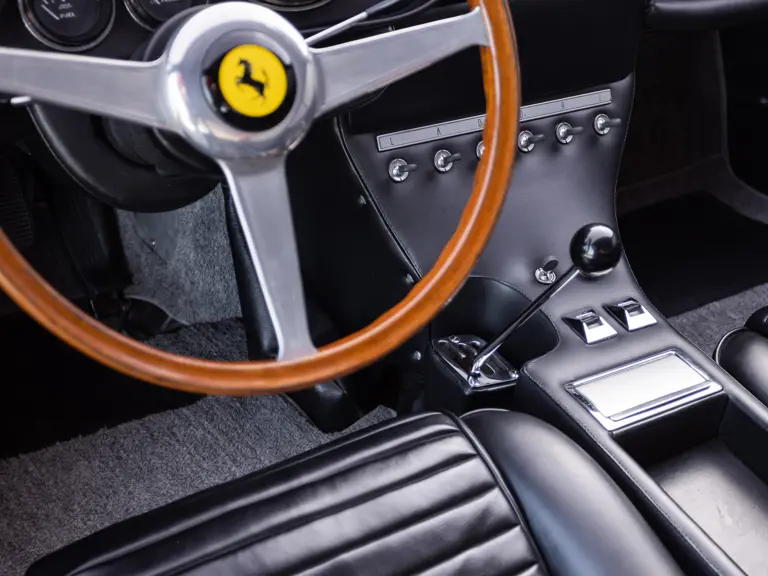

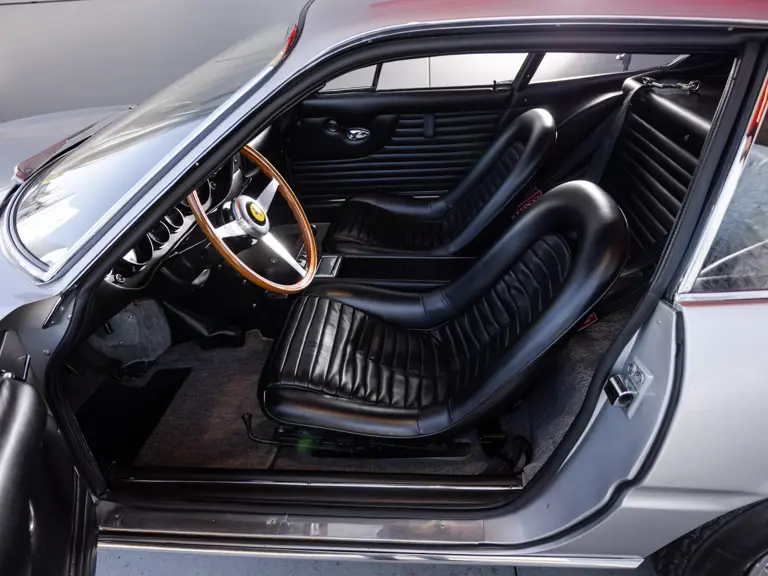
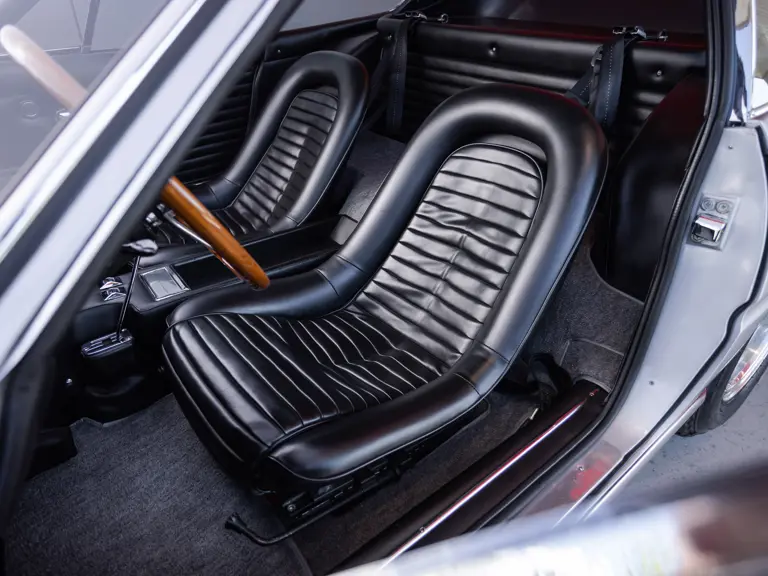
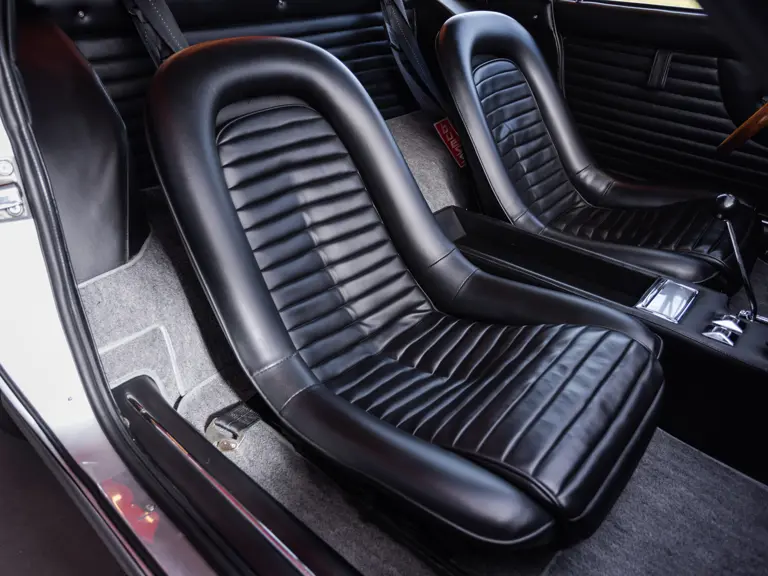
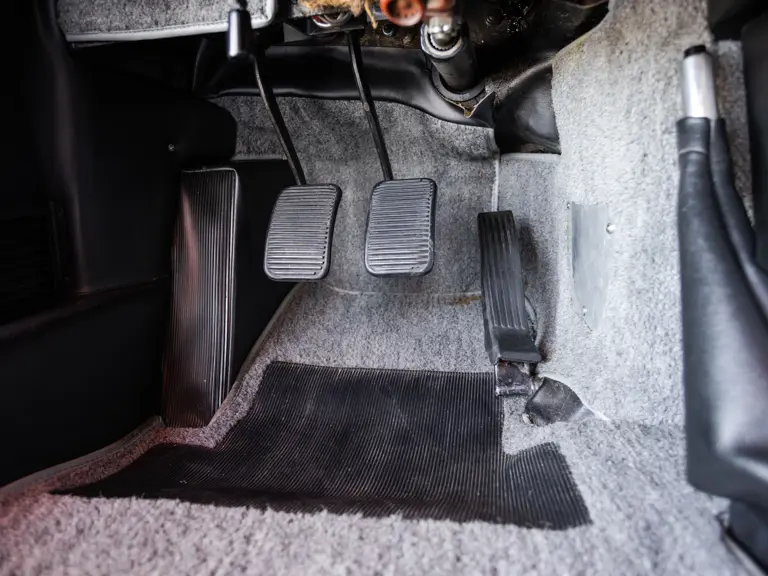
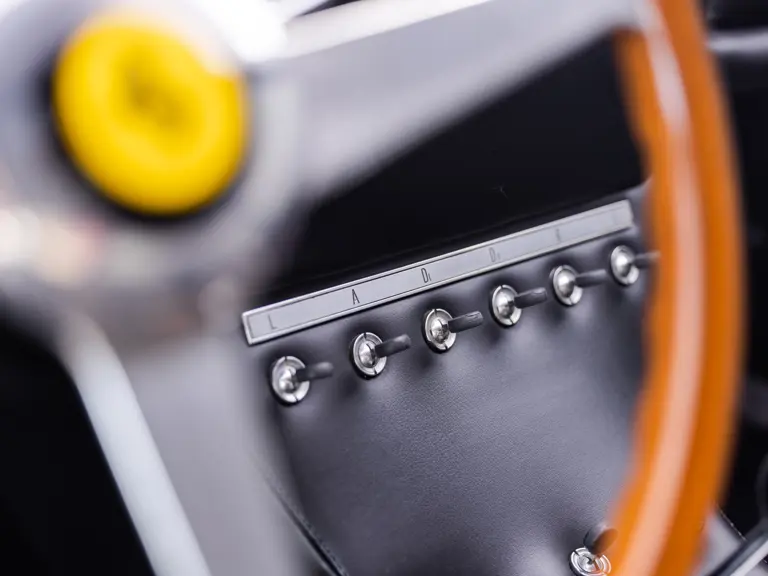
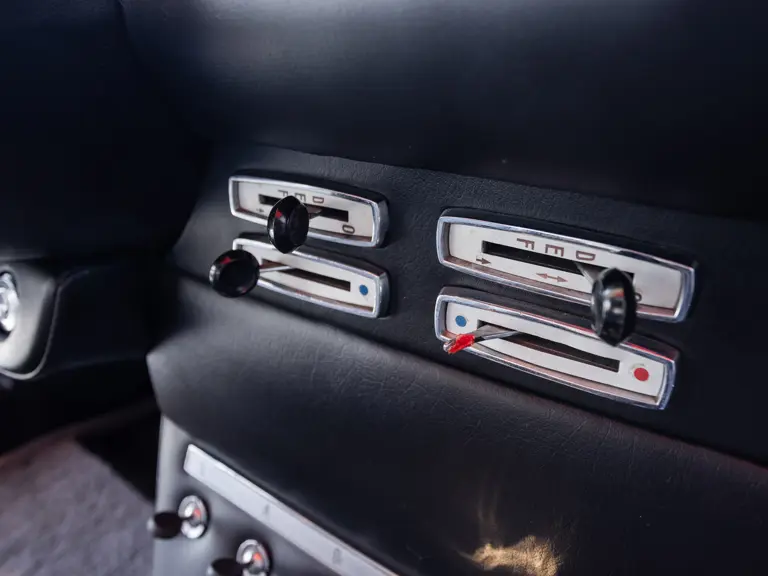

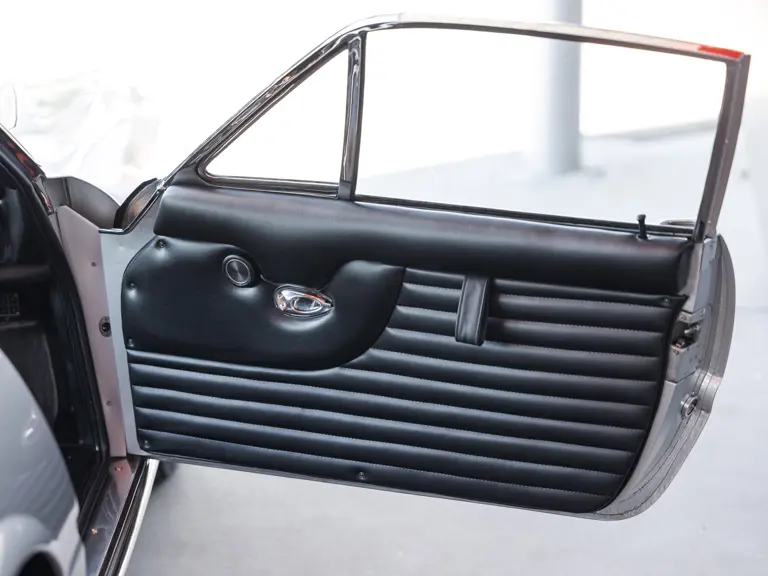

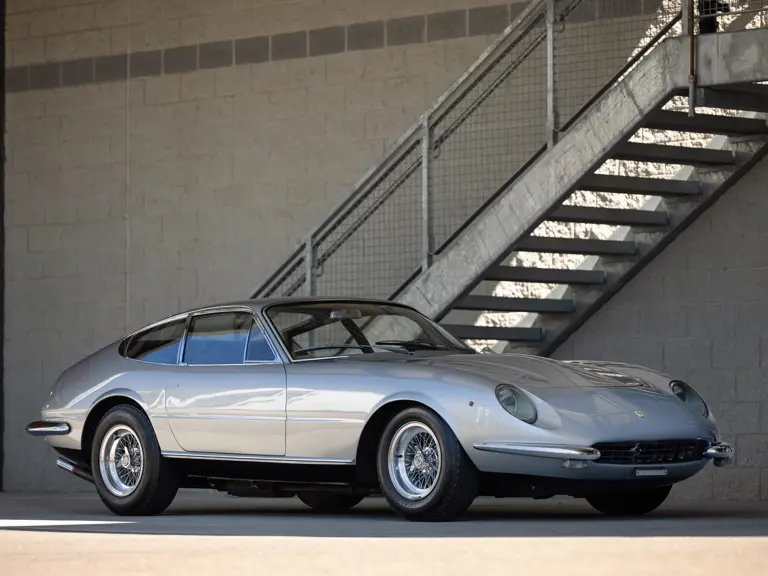
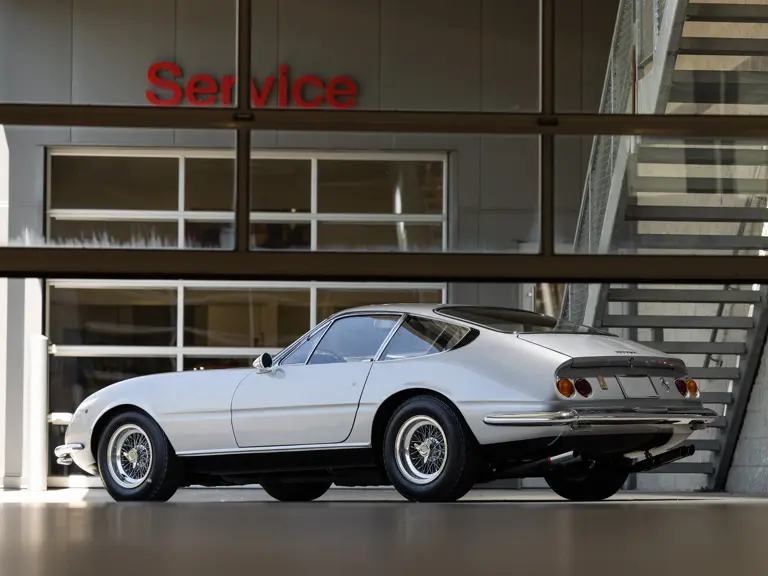
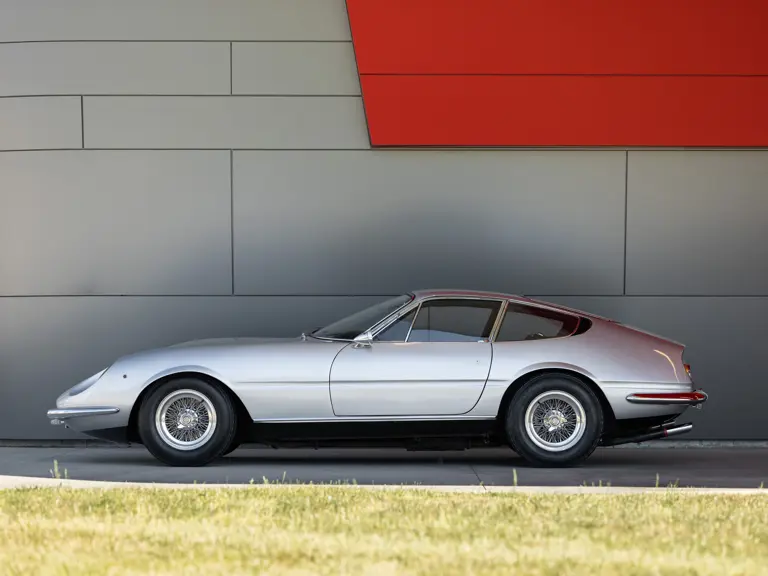
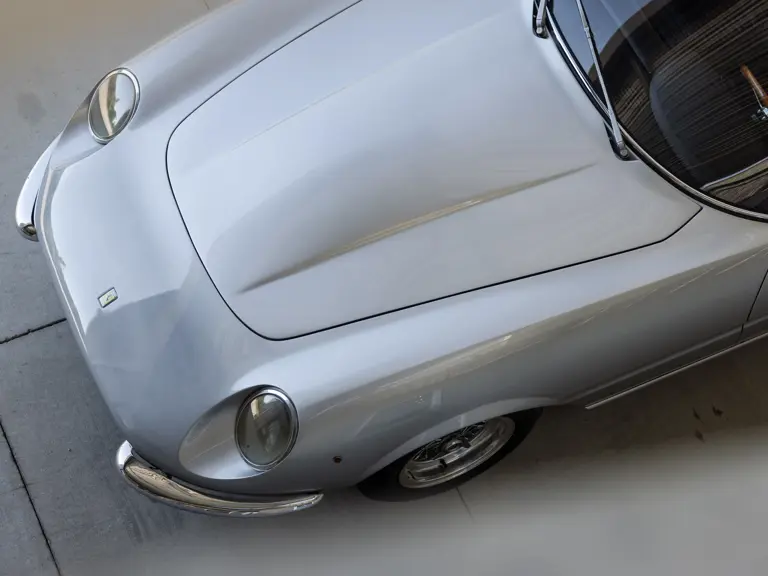
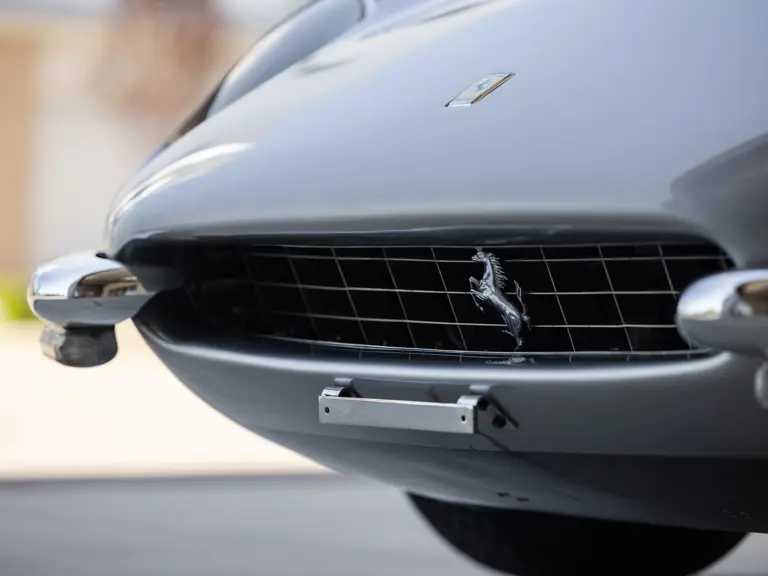
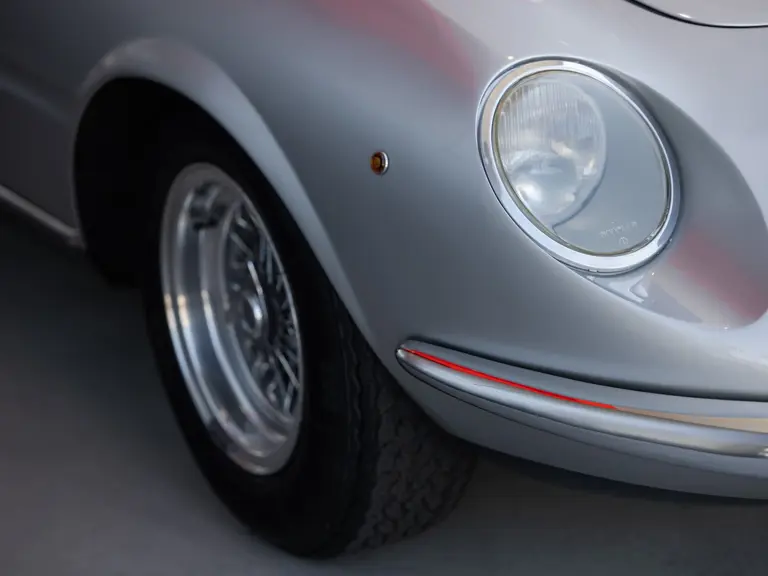
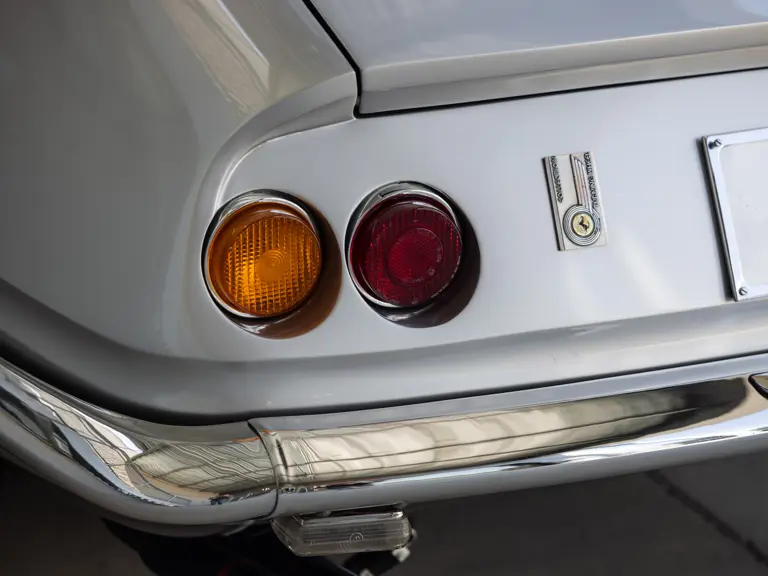
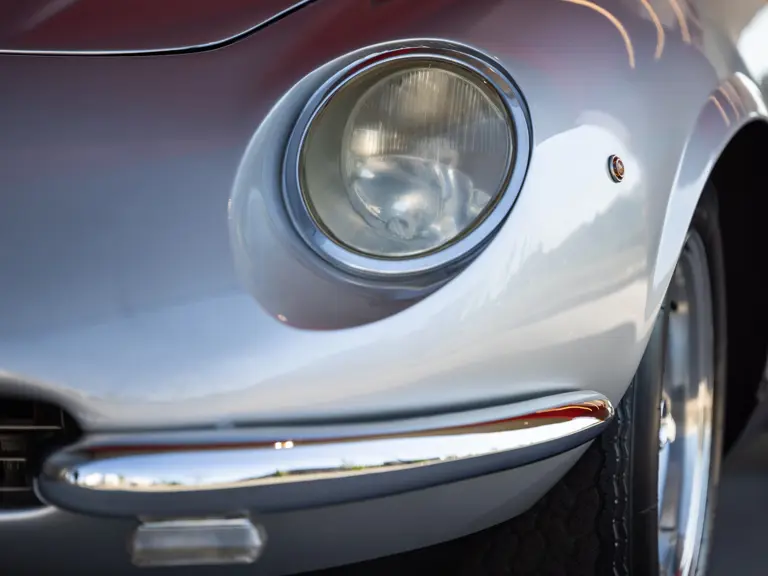
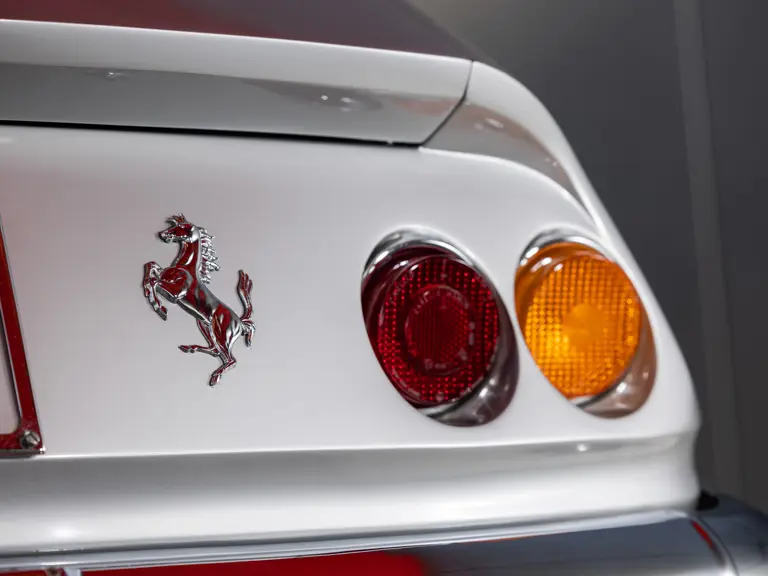
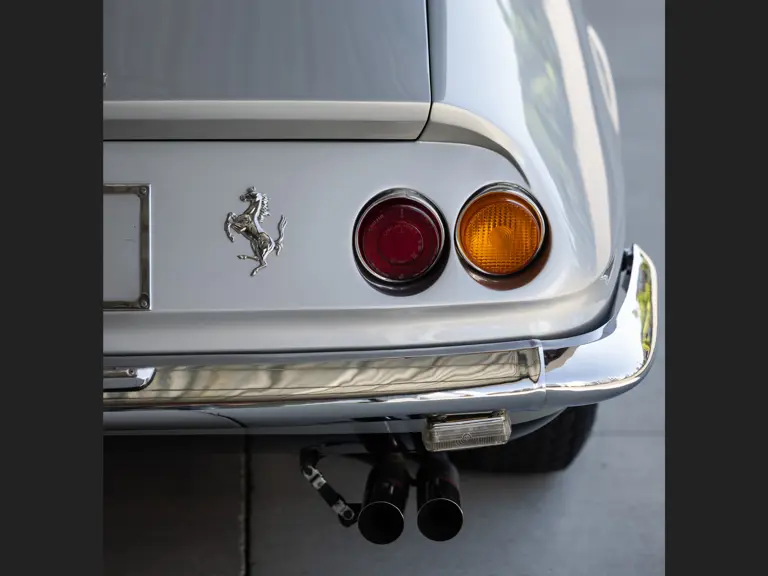

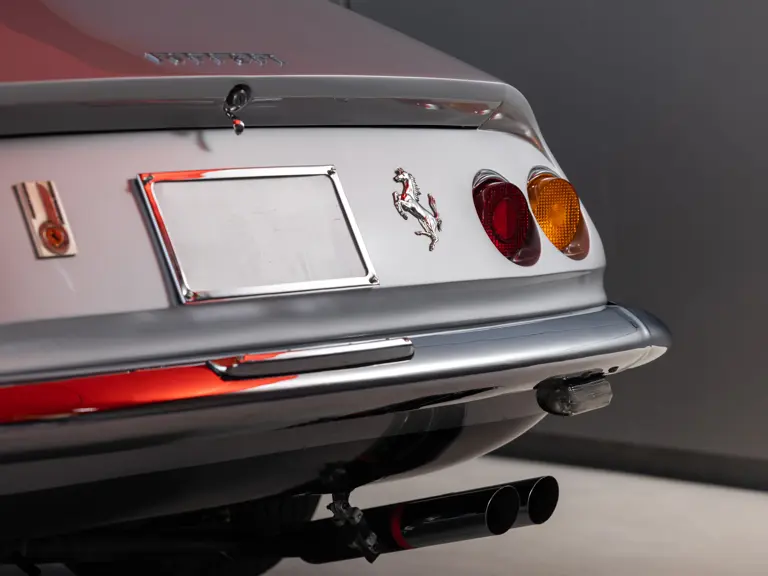
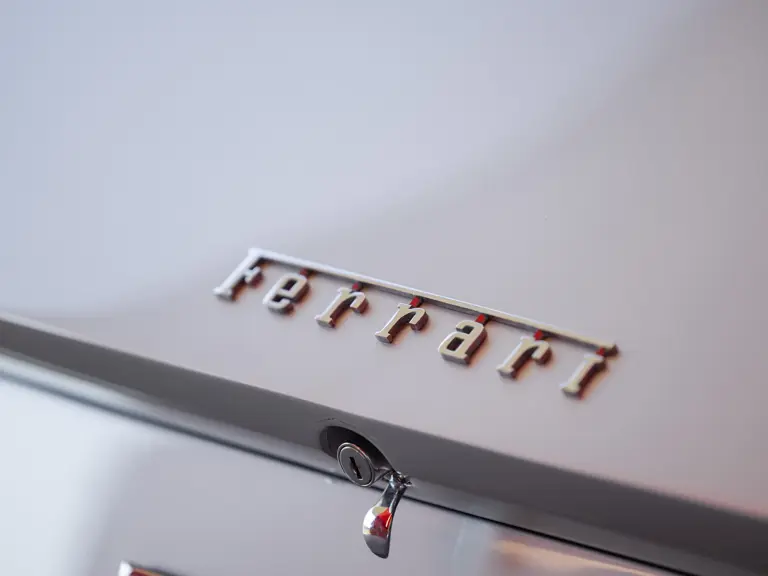


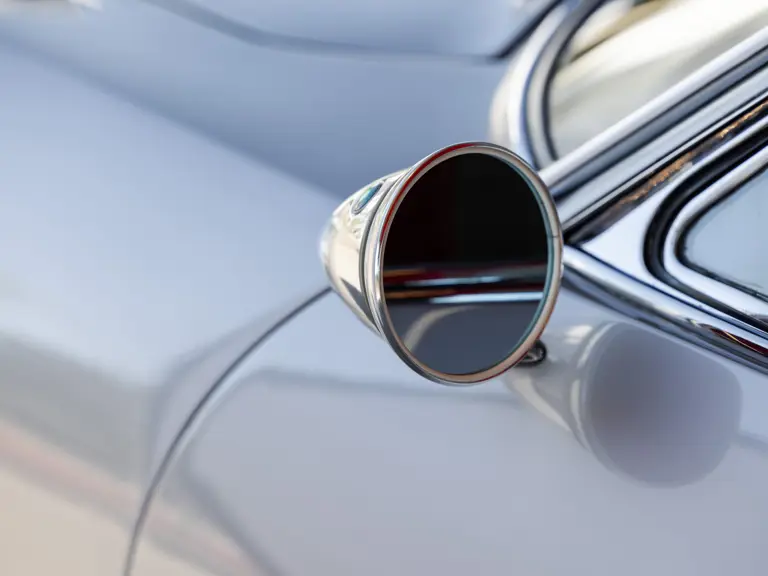
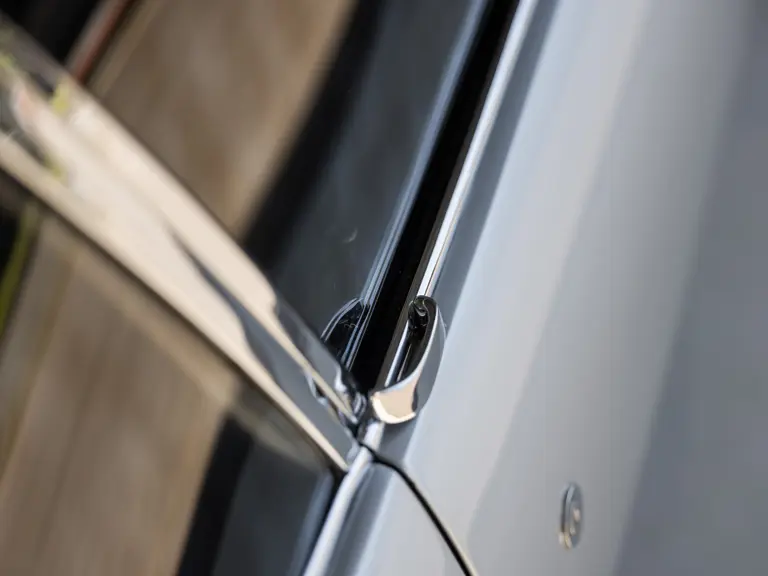
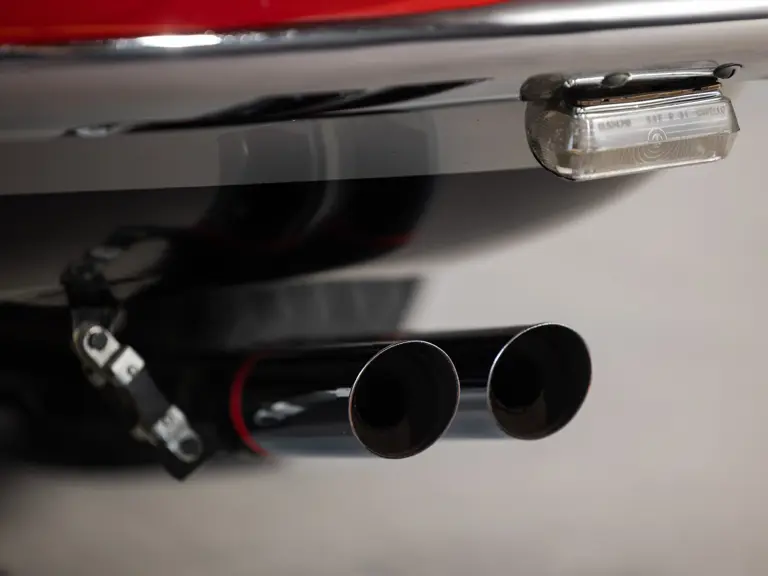
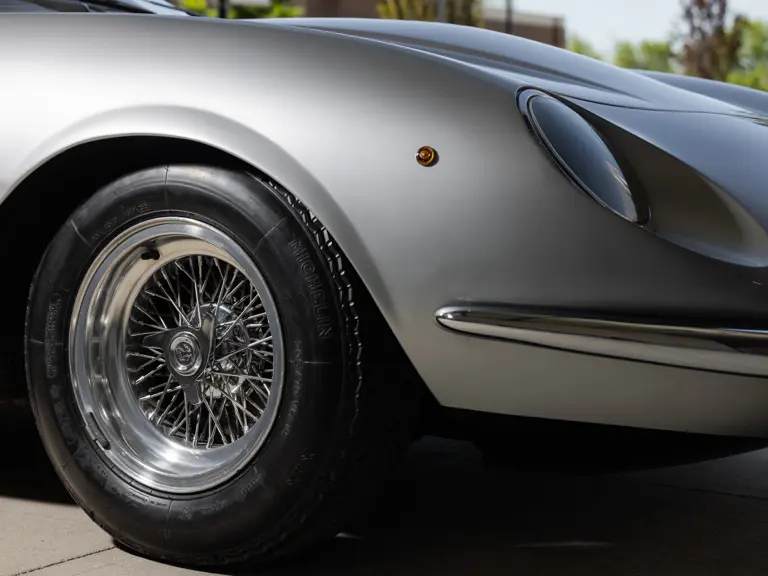
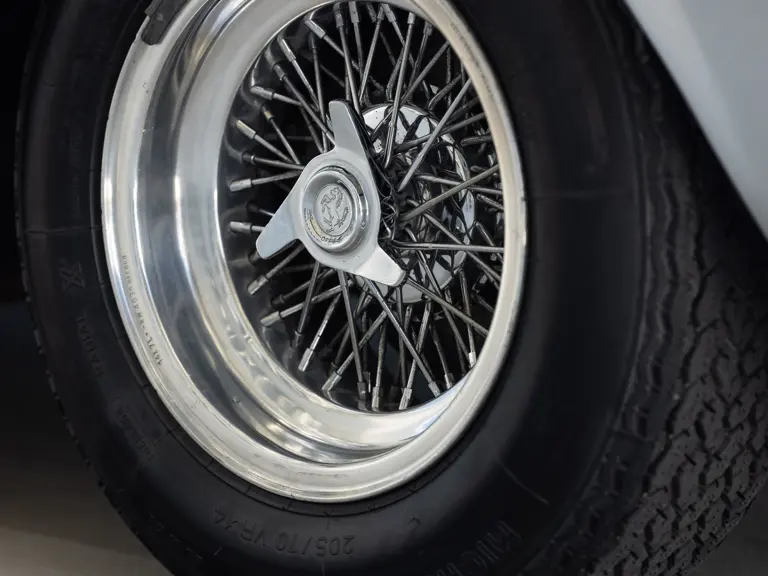

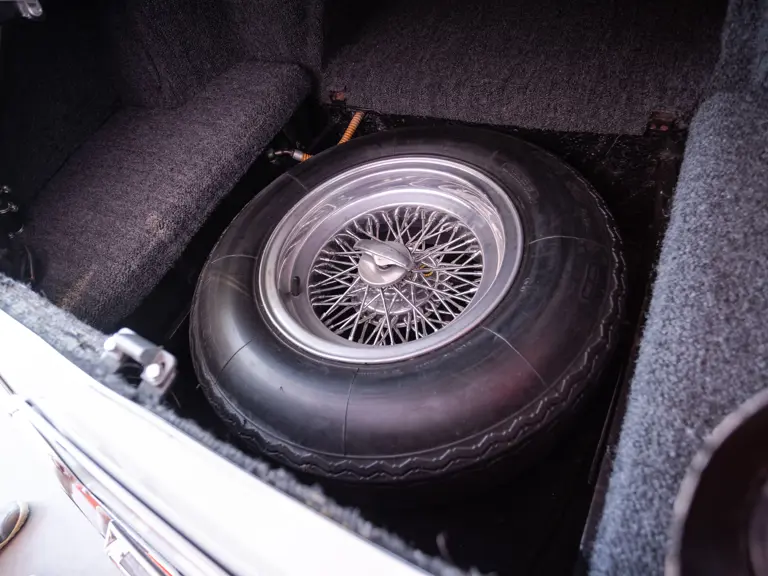
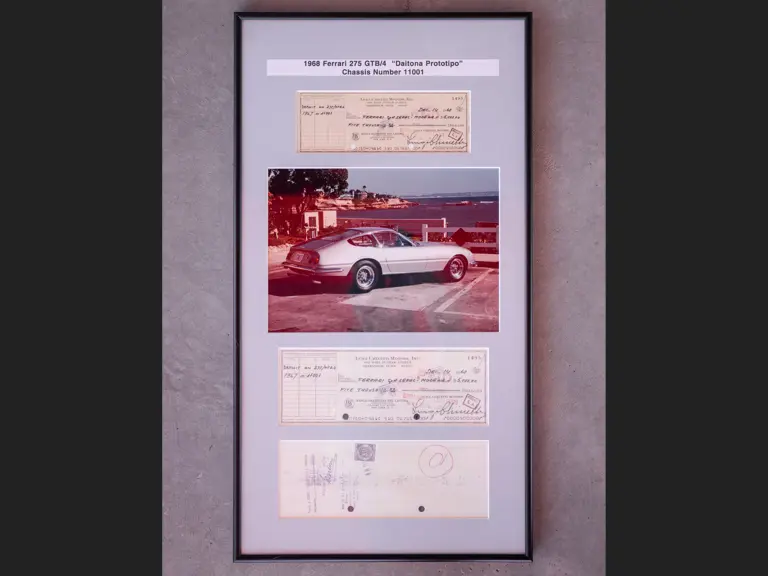
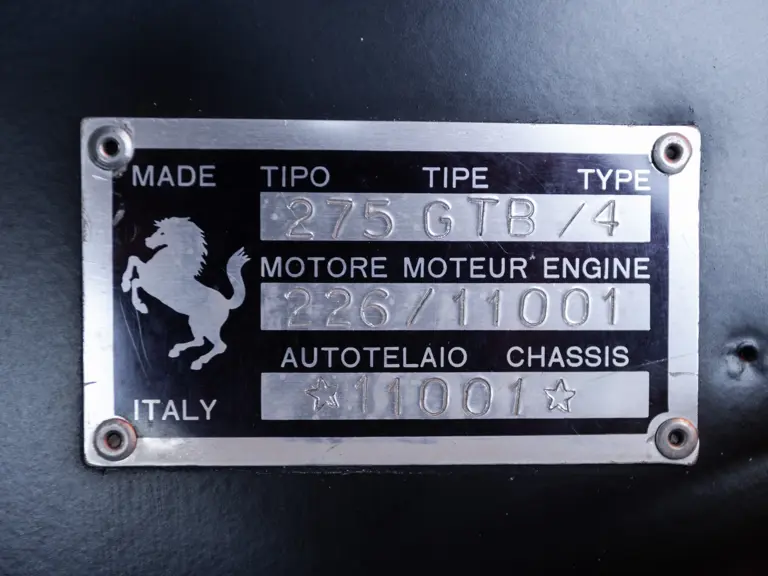
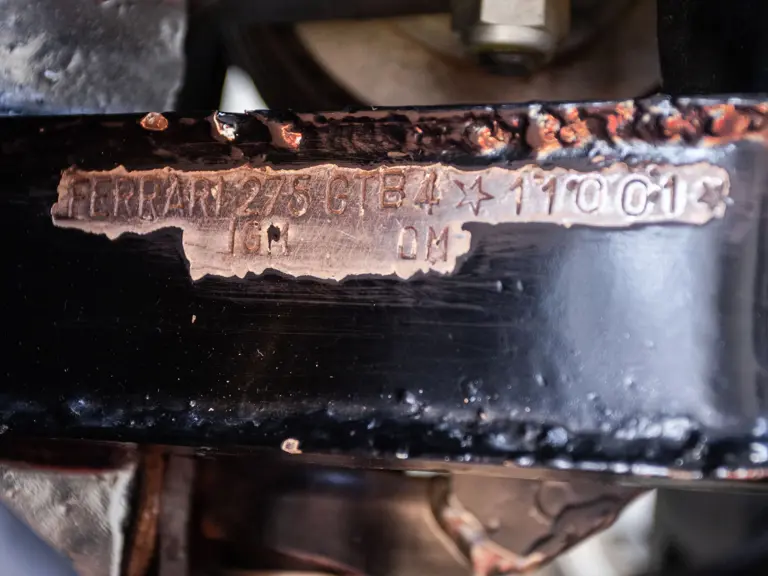
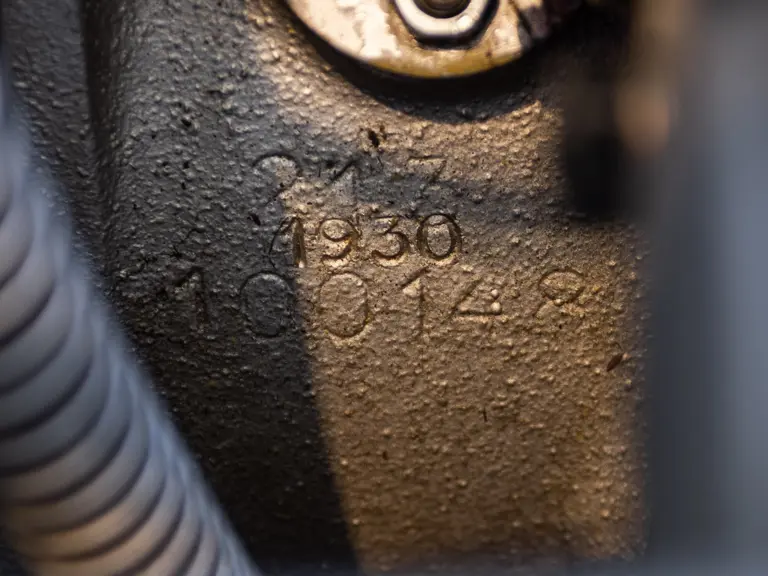

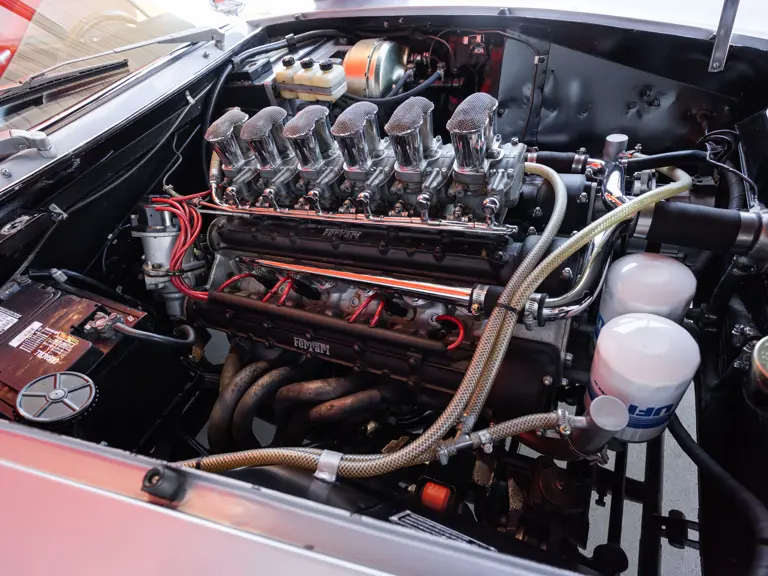
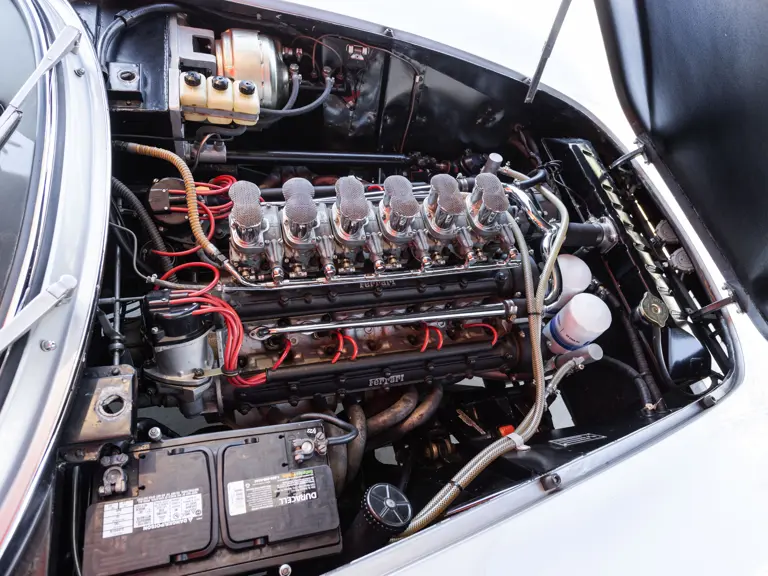
 | Monterey, California
| Monterey, California

